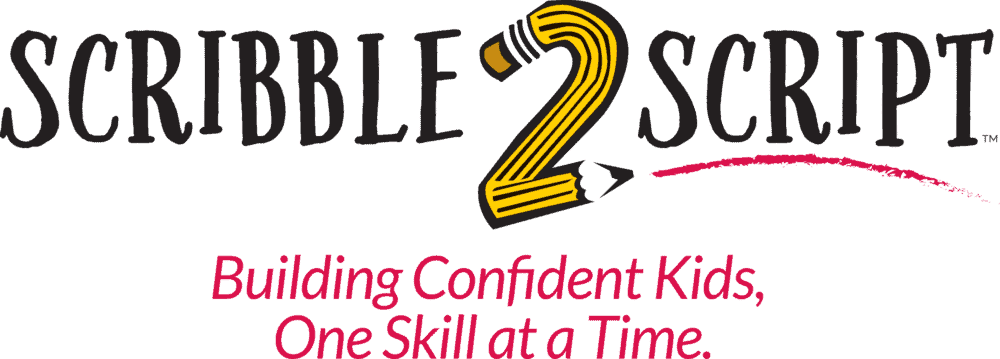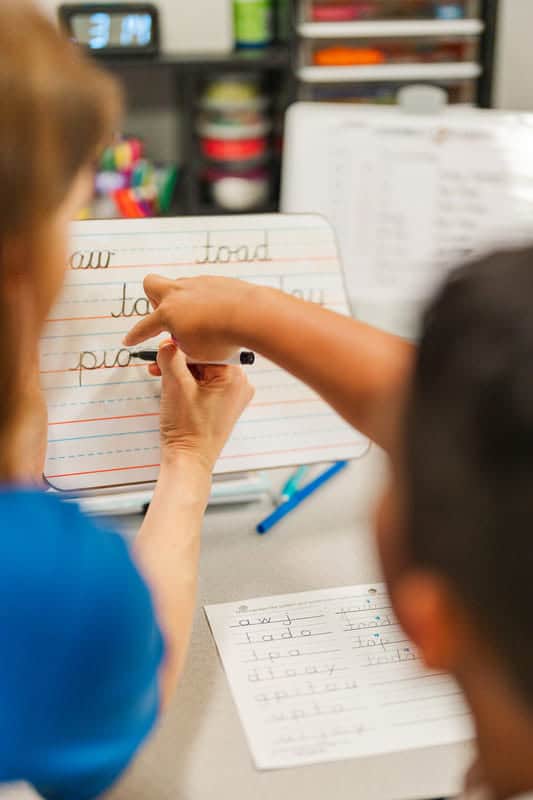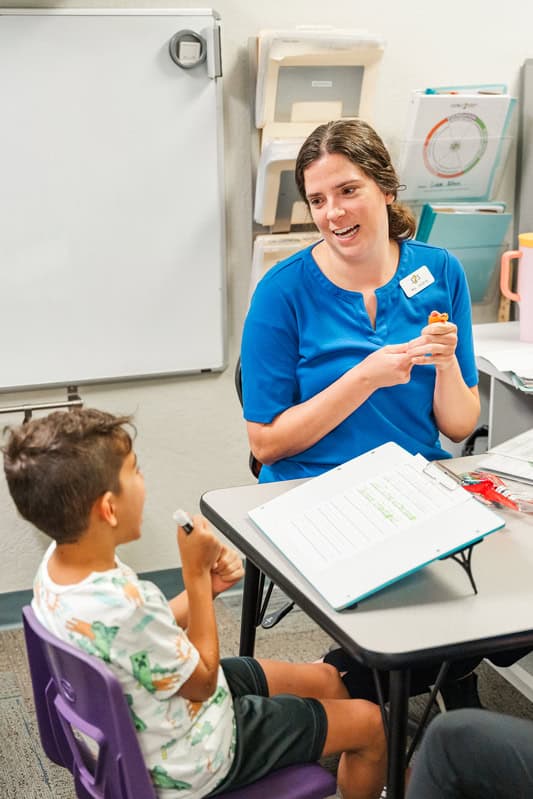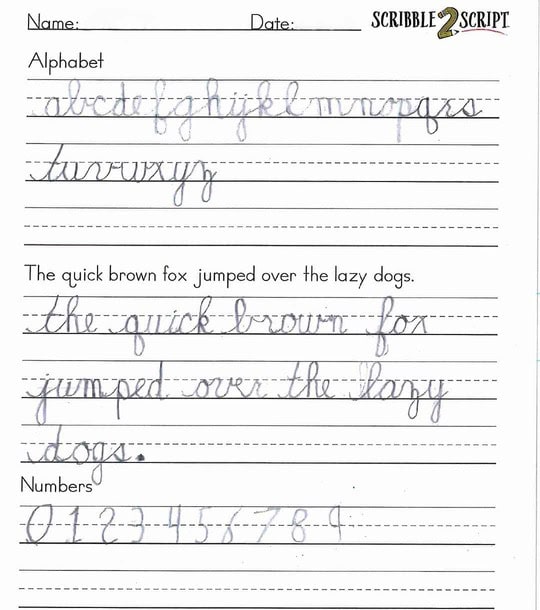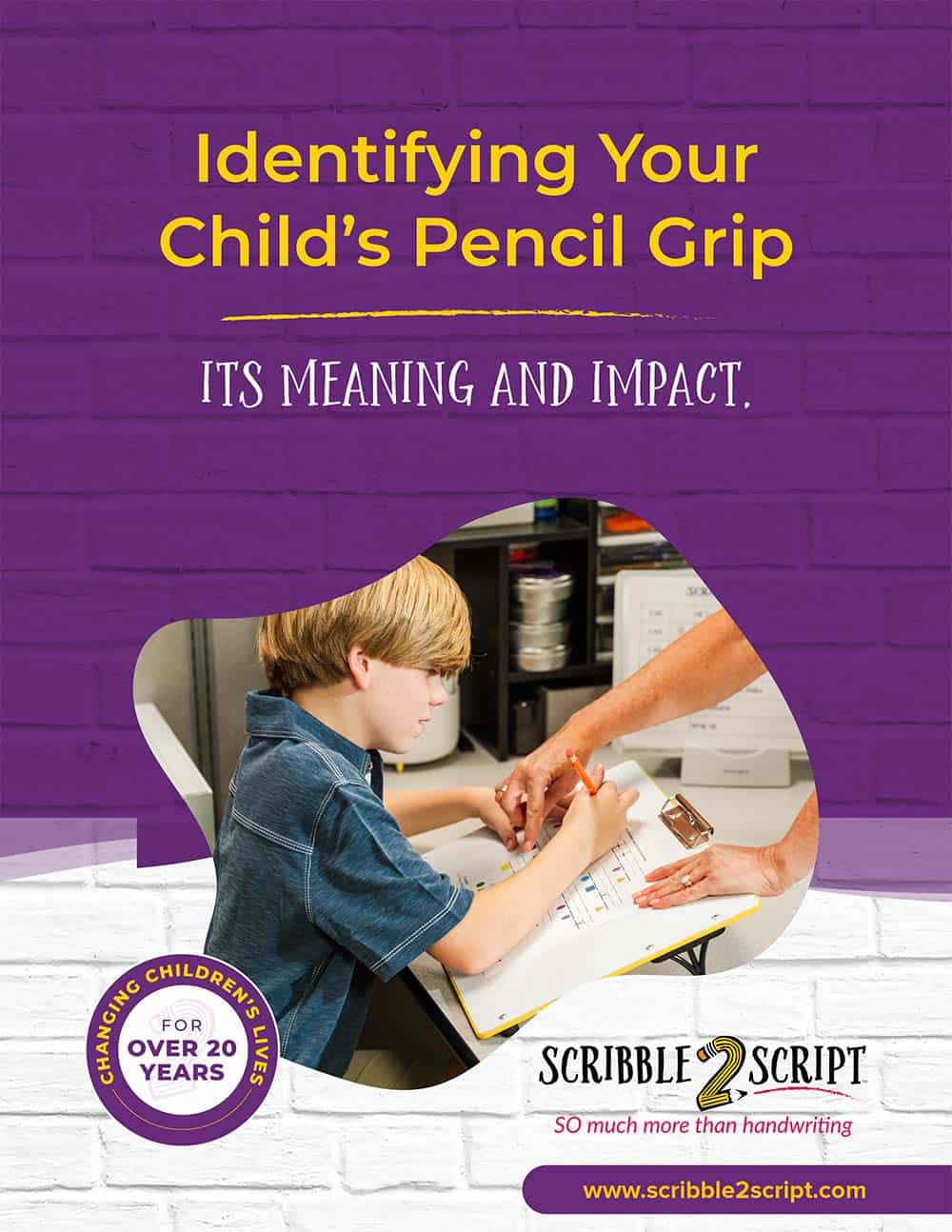As kids enter 3rd grade, they step into a huge developmental transition—and messy handwriting often becomes a red flag. For 8–9 year olds, this year is a tipping point. They’re no longer just learning to write; now they’re expected to write to learn. If a child struggles to get their thoughts onto paper, even when they’re brimming with great ideas, it can deeply impact their academic confidence.
Let’s unpack why this stage matters so much, what messy handwriting may be telling you, and what you can do to help.
The 3rd Grade Shift: From Learning Skills to Using Them
By the time a child reaches 3rd grade, they’re expected to have a solid foundation in:
- Reading fluency and comprehension
- Writing complete sentences and short paragraphs
- Spelling common high-frequency words
- Phonics and math fact fluency
- Fine motor skills (for scissors, pencils, and keyboarding)
- Gross motor skills (for posture and classroom stamina)
In other words, this is the year that foundational skills are supposed to click. The academic demands increase, the pace quickens, and expectations for independent work rise dramatically.
But if messy handwriting is getting in the way, that’s not just a cosmetic concern—it’s a sign something deeper might be going on.
Messy Handwriting: A Barrier to Expression
Here’s the truth: handwriting is more than just how words look. It’s a window into how easily a child can:
- Think and write at the same time
- Organize their thoughts
- Maintain focus and stamina
- Coordinate visual and motor systems
- Handle the physical effort of writing
When handwriting is messy, especially in 3rd grade, it often means a child is working harder than they should be just to form the letters. That leaves less brainpower for ideas, creativity, spelling, punctuation, and structure.
Some bright kids take shortcuts—writing less, skipping words, or avoiding writing altogether—not because they lack ideas, but because it’s just too exhausting to get them down.
Need support with your child’s writing skills?
We’re here to help. You can schedule an evaluation at or email us anytime at info@scribble2script.com. Let’s uncover what’s holding them back.
When Neat Writing Isn’t Enough: Legibility and Speed Matter
Many parents assume if their child can write neatly when they slow down, then they should be able to write neatly all the time. But speed + legibility is a skill of its own.
Here’s what we see:
- Kids who can write neatly slowly, but not quickly: Often struggling with automaticity or have weak fine motor/visual-motor coordination.
- Kids who write quickly but messy: Prioritize getting ideas out over form. They might need help balancing quality with output.
- Kids with consistently messy handwriting: May be missing foundational pieces like hand strength, motor planning, or visual perceptual skills.
These kids often fall into what we call the “gray zone.” Their struggles aren’t big enough to qualify for school-based therapy, but they’re still not thriving.
Foundational Skills Behind Functional Writing
Messy handwriting may signal breakdowns in areas such as:
- Fine motor strength & control
- Visual motor integration (hand-eye coordination)
- Visual perceptual skills (copying, spacing, line orientation)
- Motor planning & sequencing
- Core strength & postural stability
- Attention & working memory
When even one of these is “wobbly,” it can create friction with writing. Add the pressure of longer assignments and more creative writing in 3rd grade, and many kids quietly start to slip through the cracks.
Cursive Complications: Another Layer of Complexity
This is also the age when many kids are introduced to or expected to start using cursive. The transition to cursive isn’t just about learning new letter shapes—it’s another phase of needing legibility with speed.
Ideally, cursive instruction should start in the second half of 2nd grade, giving kids time to become proficient by the start of 3rd. If they haven’t yet developed those skills, cursive can feel like a mountain they’re not ready to climb.
Curious whether your child is missing critical writing skills?
Call us at 480-614-1232 or email us at info@scribble2script.com. We’ll help you explore what’s going on and if extra support could make the difference.
What You Can Do: Support Without Shame
If your child’s messy handwriting is a concern, here are a few key tips:
- Look beyond the handwriting. Consider the skills that support it—strength, coordination, attention, memory.
- Watch for the speed/accuracy trade-off. Can they only write neatly when they go slow? That’s a sign they may need help integrating speed and legibility.
- Avoid assuming they’re lazy or unmotivated. Many kids want to do well but are exhausted by the effort it takes.
- Intervene early. 3rd grade is a sweet spot. With the right support, changes now can prevent years of struggle later.
Final Thoughts: This Is a Fork in the Road
3rd grade is a milestone year. For many kids, it’s when we see whether they’ll soar—or start to stumble. If your child has brilliant ideas but avoids writing, or writes less than they’re capable of, it may not be a behavior issue—it might be that the writing process is simply too hard.
At Scribble 2 Script, we specialize in identifying what’s really going on and providing a clear plan to support your child’s growth—not just in handwriting, but in all the foundational skills that fuel learning.
Need to take the next step?
We offer free consultations to explore your child’s needs. Schedule yours now at or call us at 480-614-1232.

